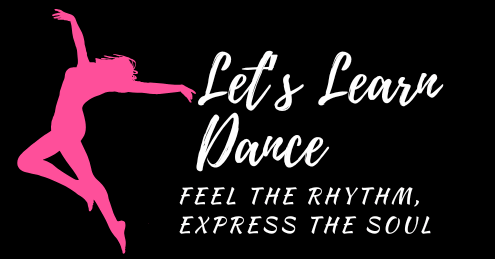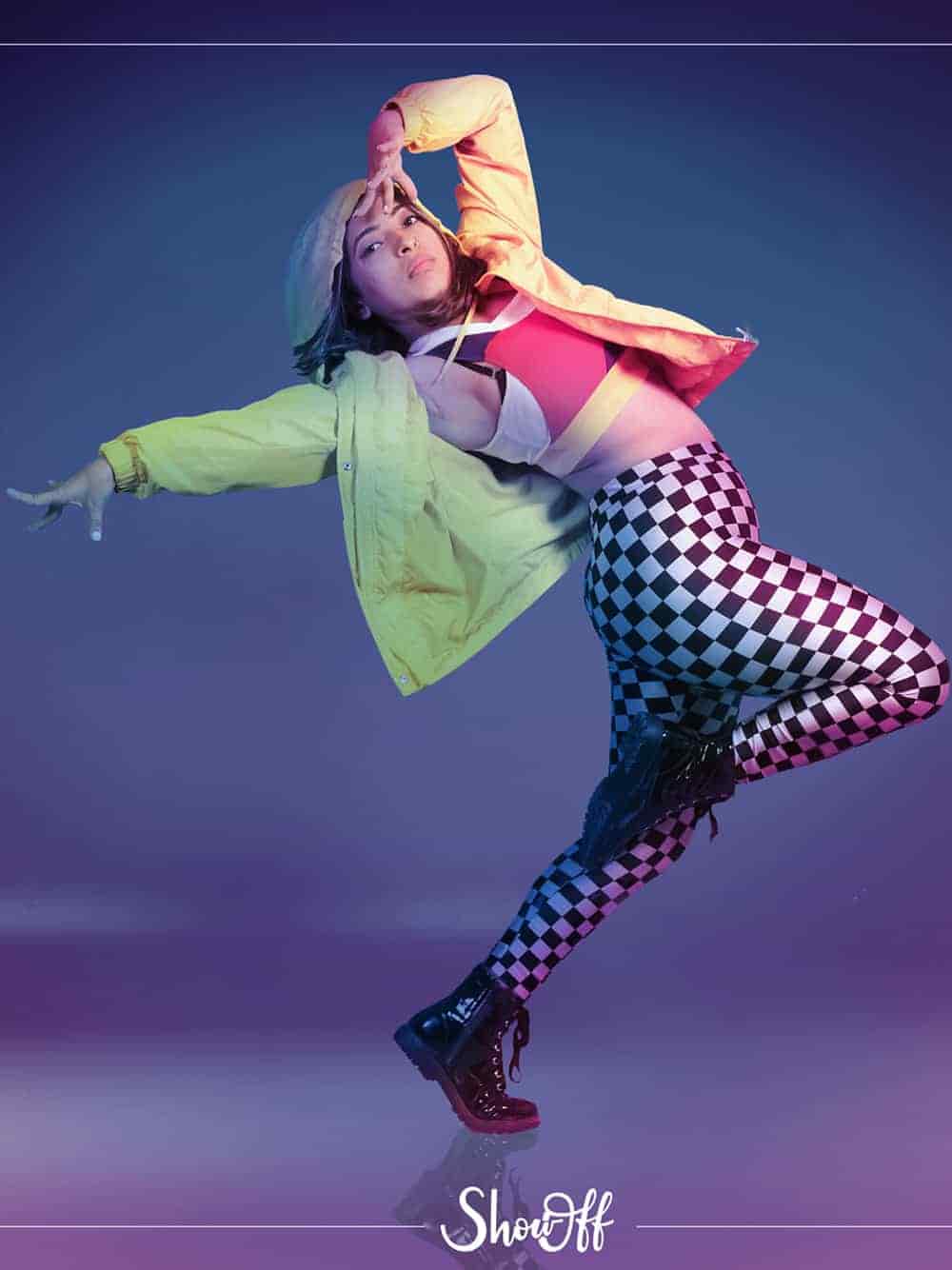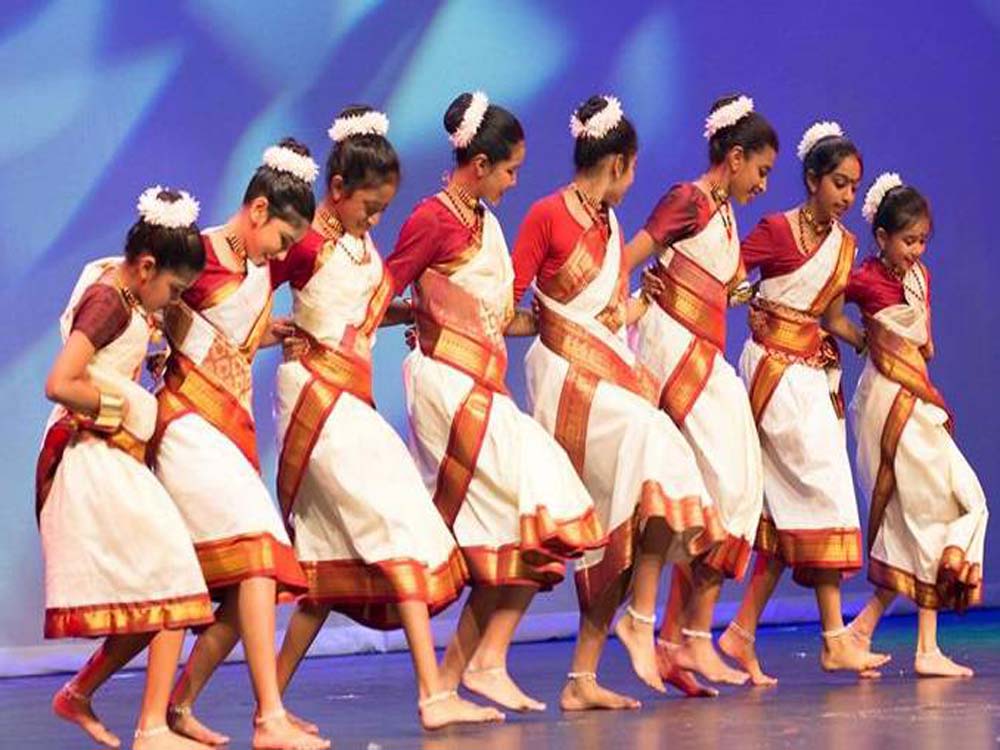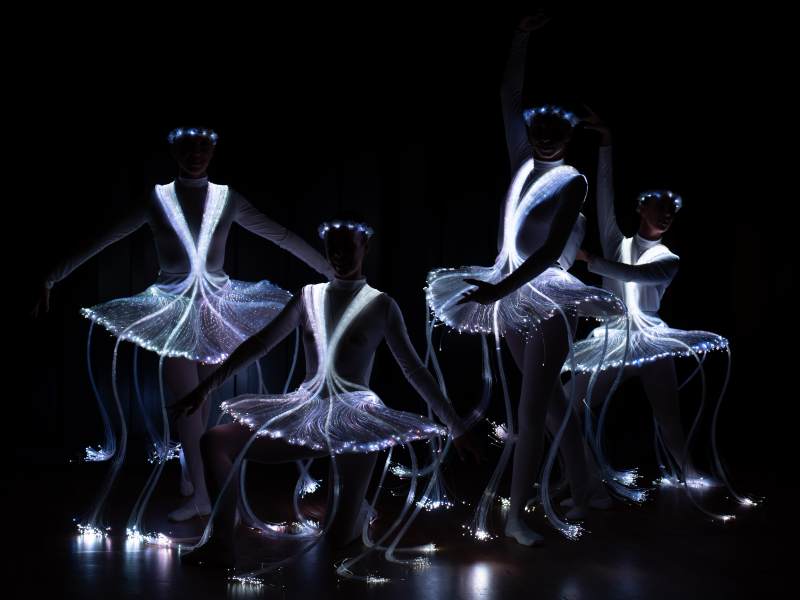
The Elegance of Ballet: Meaning, Origins & its 5 Majestic Forms
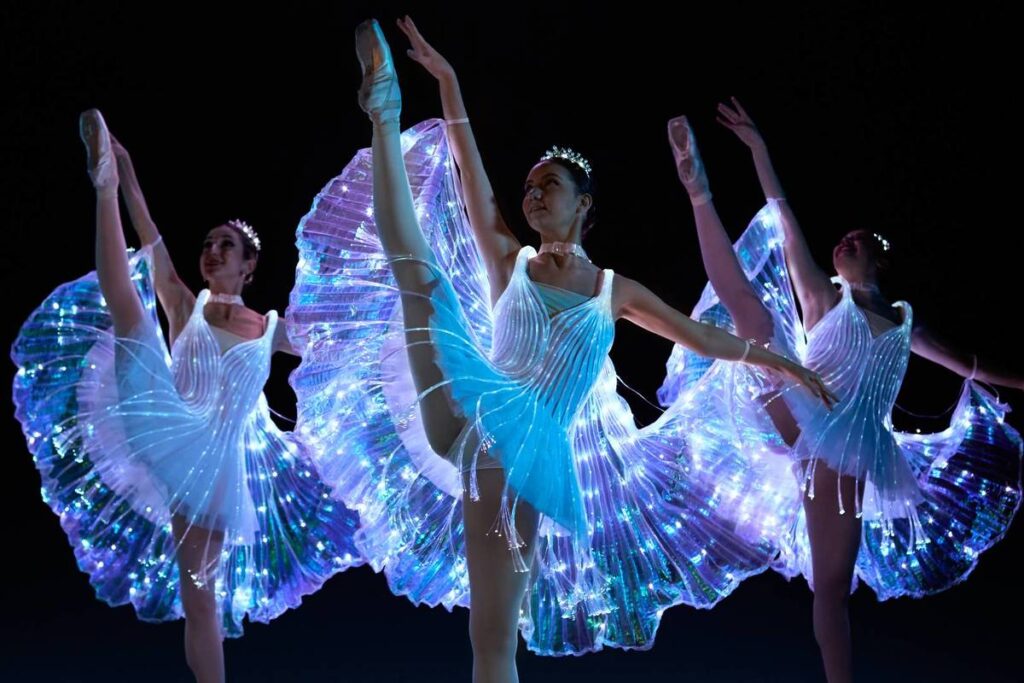
What is the meaning of Ballet Dance?
There are many types of dance in this world and each dance form gives some benefits. Among all the dance styles ballet is the one of the world’s most beautiful and graceful dance forms is Ballet. The ballet dance style originated from Italian Renaissance courts in the 15th century. Ballet dance originated over time into an extremely complicated and technical art form that mixes emotion, storytelling, music and movement. Ballet dance is now recognized throughout the world as a performance art and as the foundation for many other dance styles.
The Italian word balletto which refers to little dance. Initially, dancers were to perform in outstanding halls. As carrying decorated costumes as a type of entertainment for royalty. The King himself got involved in many ballets and established the Paris Opera Ballet School, the first understood ballet school, in 1661.
Ballet is known for its strict training and techniques. From a young age, dancers obtained instructions to develop their strength, flexibility, control and posture. For the ballet dance strong ankles, feet, and are required for this. Ballet additionally calls for beautiful and accurate performance of leaps, turns, and flowering arm movements.
What is the history of Ballet Dance?
Among all the dance forms the history of ballet dance is unique and interesting. Ballet dance is the most unique and beautiful dance form among all the dance forms in this world. Ballet dance has experienced important artistic and physical change over every stage of its greater than 500 years. During the Italian Renaissance in the 15th century, ballet was first emerged as a style of court entertainment. In honor of significant events, it mixed poetry, music, and decorated costumes. This was called balletto which means little dance in Italian.
The wedding of Italian noblewoman Catherine de’ Medici to King Henry II of France defined a turning point in the history of ballet. She introduced ballet to the French court in the mid 15-th century. In France, ballet originated to develop especially under King Louis XIV’s presidency in the 17th century. The Academie Royale de Danse was founded in 1661 by King Louis, who became a committed dancer himself. Ballet as a professional art started in this, the first formal dance institution.
5 Types of Ballet Dance
You have studied about a lot of types of dance styles but you never heard that ballet dance has also some types which are highly popular. Here we are going to tell the different but popular type of dance style that you have never heard are as:
- Classic ballet

One of the most famous and recognizable ballet dance styles is the Classic Ballet style. The earliest and most famous style from the beginning of ballet dance style is classical ballet. Classical ballet is known for its clarity, discipline, and gracefulness. Beginning in the royal courts of Renaissance France and Italy. This ballet style developed over several centuries. Later, in the 17th and 18th centuries, it emerged into a highly structured and theatrical art form. Especially with the encouragement of King Louis XIV of France. The use of pointe shoes by female dancers, which allows them to dance on their toes. This is one of the most unique features of classical ballet.
- Romantic Ballet
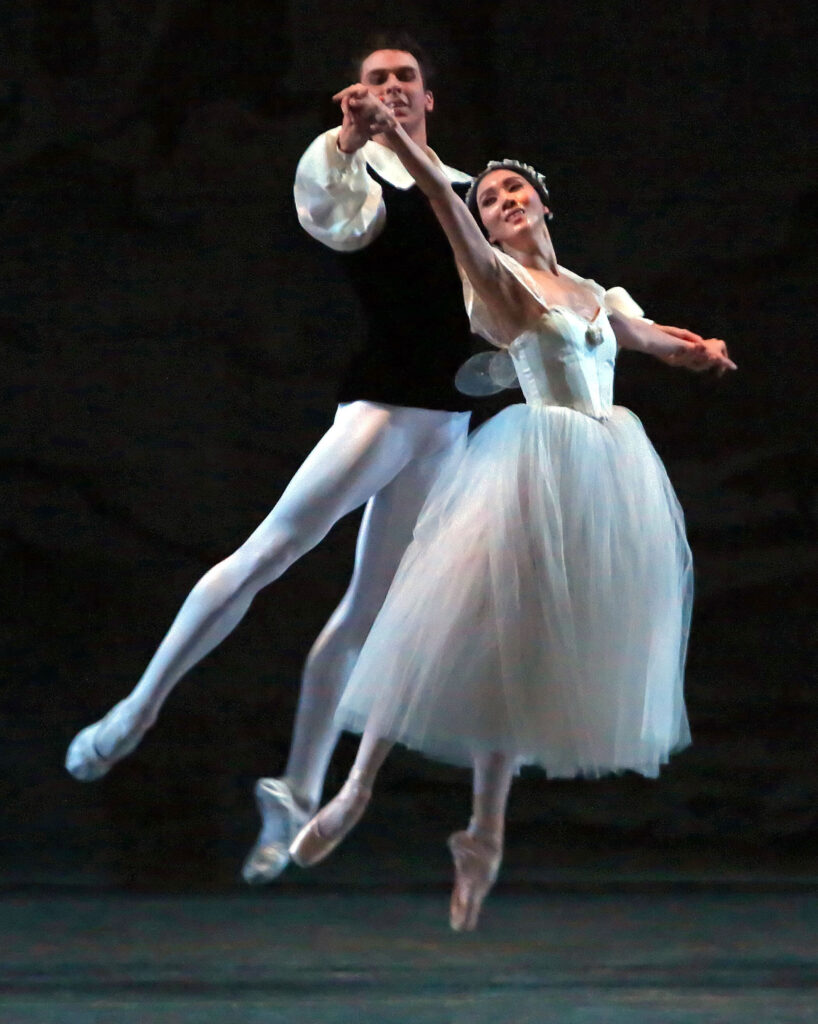
Another type of popular ballet dance is known as Romantic Ballet. Romantic Ballet emerged in the early 19th century around the 1830s which lasted until the mid-1800s. Romantic Ballet reflects an important and beautiful period in ballet history. Ballet’s focus moved from formal structure and grandeur to emotional expression, storytelling, and fantasy as a consequence of this important artistic movement. During the Romantic period, ballet drew deep inspiration from the artistic emphasis on emotion, imagination, and mystical themes, which were central to the era’s border cultural movement. Narratives of unrequited love, mysterious organisms, spirits, fairies, or tragic heroines are often portrayed in dances from this era. Usually, the plots were set in magical or rural regions and were dramatic and emotional. A male dancer falling in love with an unavailable or harmonic female figure was a usual theme as were themes of love, dreams, and the supernatural.
- Neoclassic Ballet
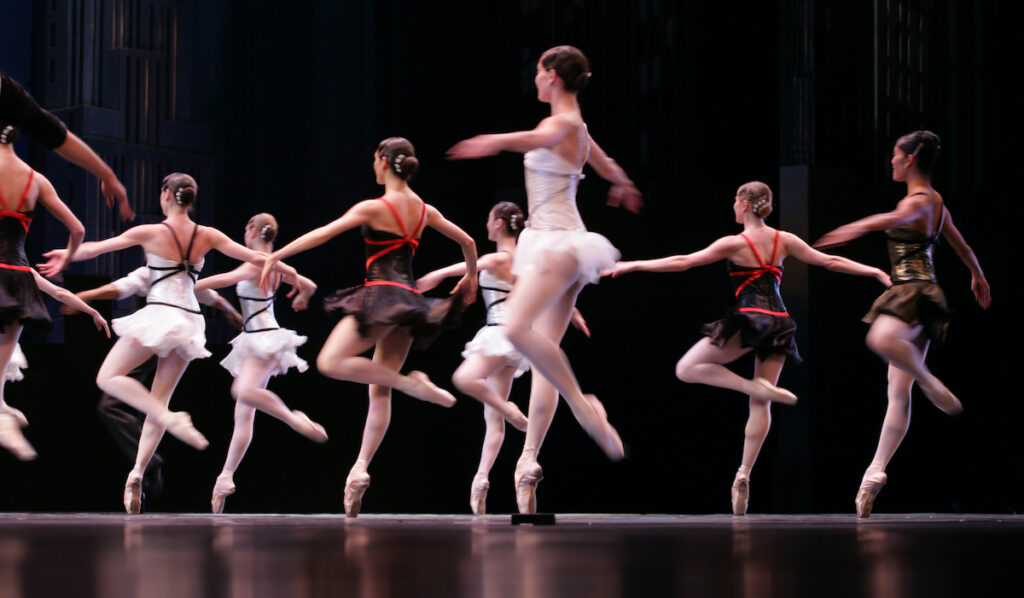
Another type of most famous and popular ballet dance is Neoclassic ballet dance style. The early 20th century noticed the development of the unique neoclassical ballet style. Neoclassic ballet dance style bridges the gap between the modern dance and classical ballet. It combines the creativity and freedom of modern movement with the correctness and technique of classical ballet. In order to focus more on the dance, this dance style removed many of the detailed sets, costumes, and storytelling discovered in traditional ballets. The neoclassical ballet style was emerged by George Balanchine, an innovative choreographer whose Russian-American background influenced this modern clarification of ballet.
- Character Ballet

Another type of ballet dance style is known as the Character Ballet. Character ballet is an unique and energetic form of ballet which mixes decorated folk or national dances with classical ballet technique. In classical ballets, it is often used as a considerable tool to represent different cultures, characters, or regions. Character ballet involves depth and variety of a performance by being more expressive, rhythmic, and culturally specific than traditional ballet, which places a greater value on gracefulness and formality.
5. Contemporary Ballet
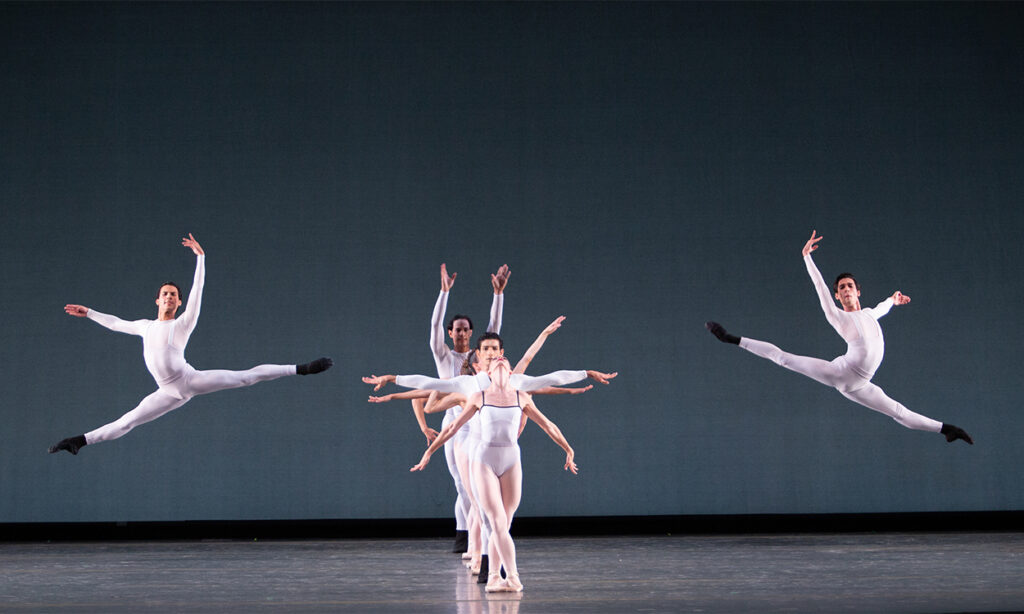
Another type of most popular ballet dance style is known as Contemporary Dance. Contemporary ballet is a contemporary form of ballet that includes jazz, modern dance, and sometimes even street dance to the traditional ballet technique. Compared to traditional ballet, it is a more creative and expressive form which gives dancers and choreographers more creative and expressive freedom. While maintaining its origins in classical ballet principles, contemporary ballet concentrates on trying with new ideas, emotions, and body dynamics.
